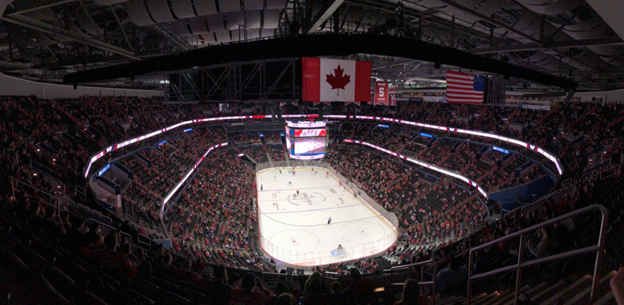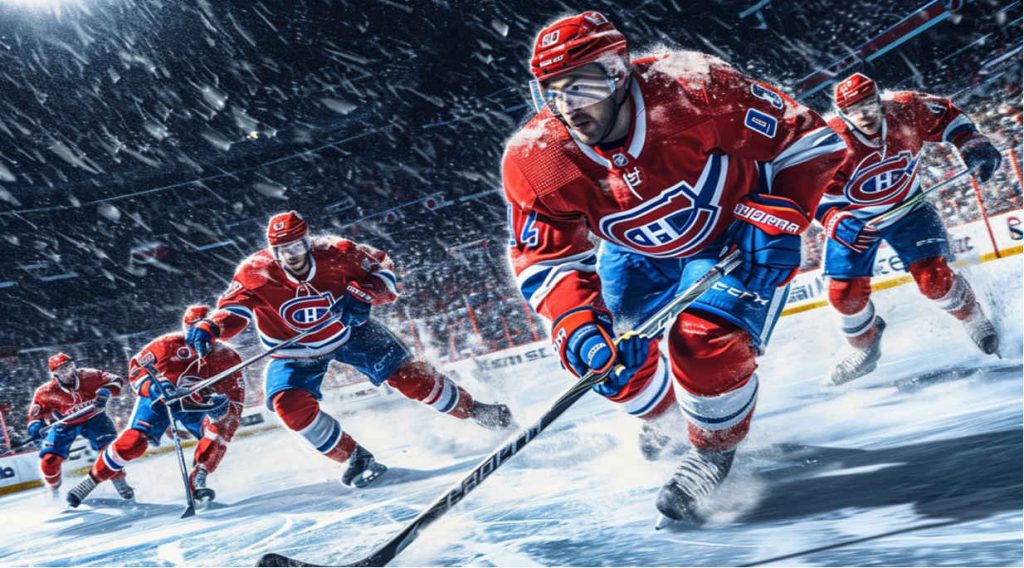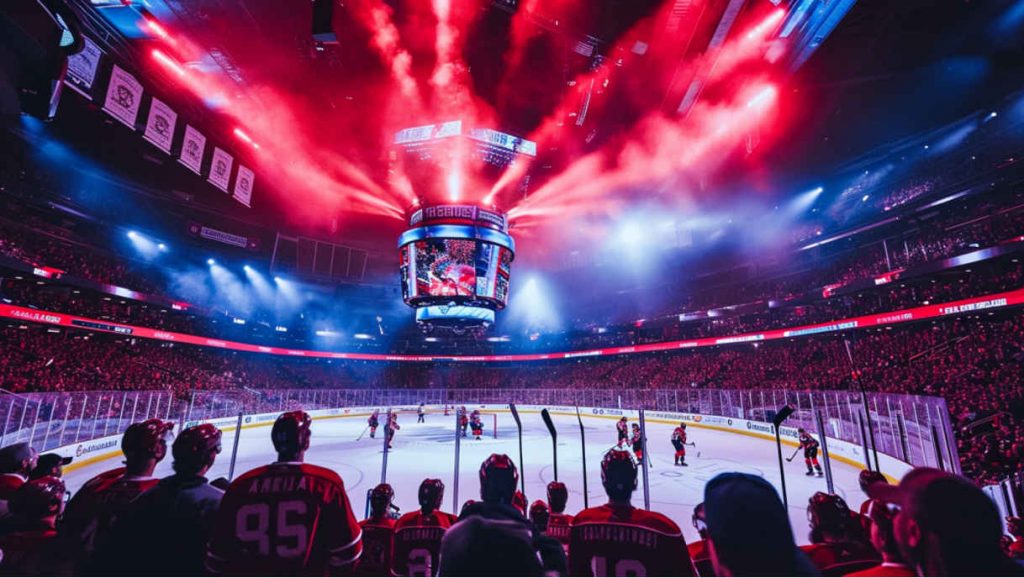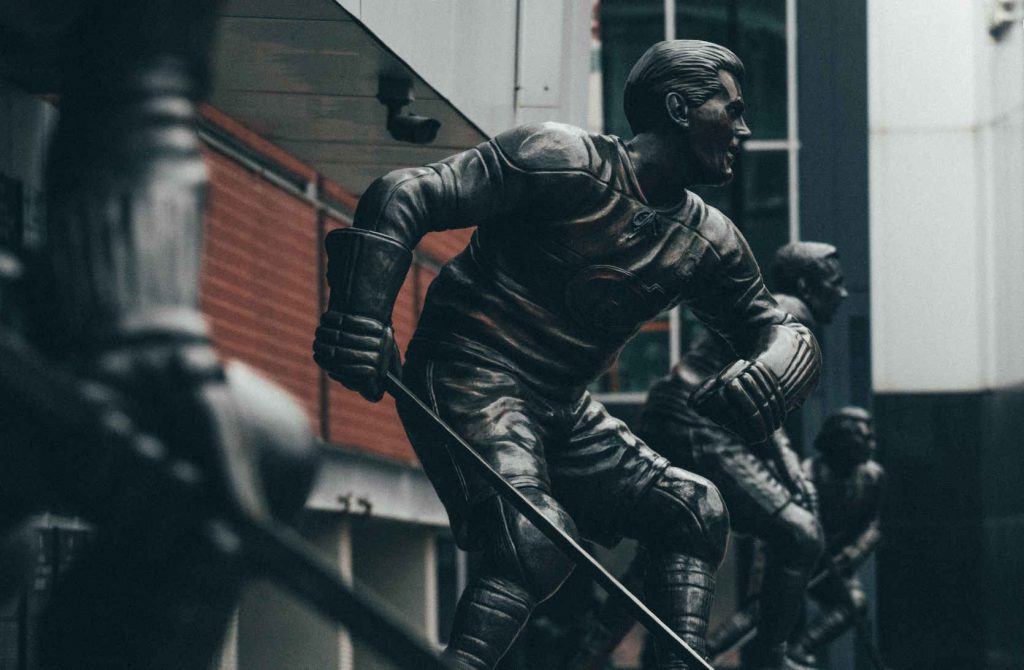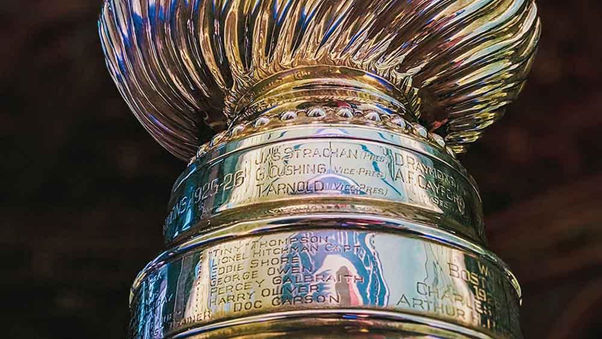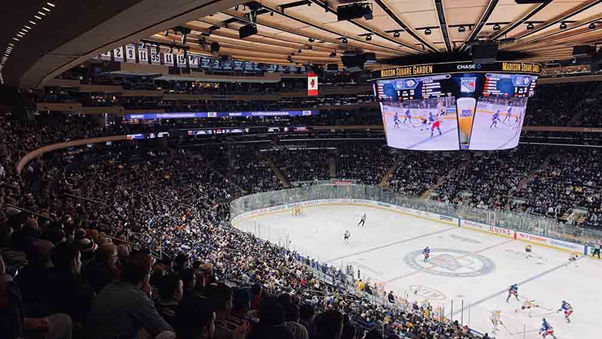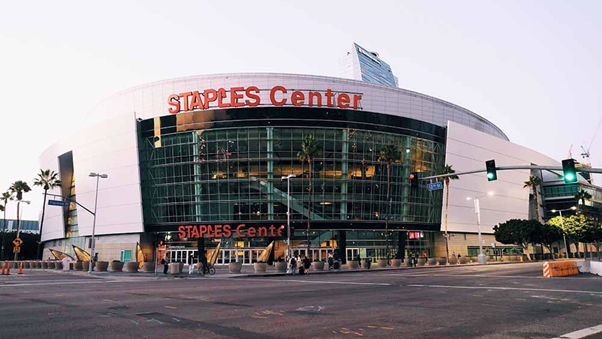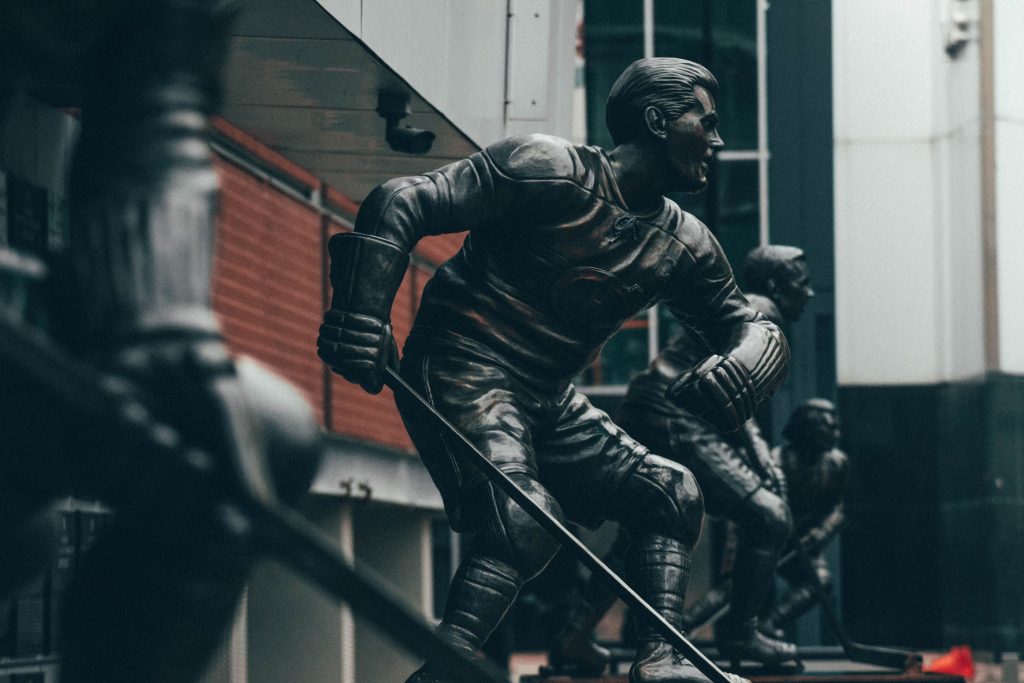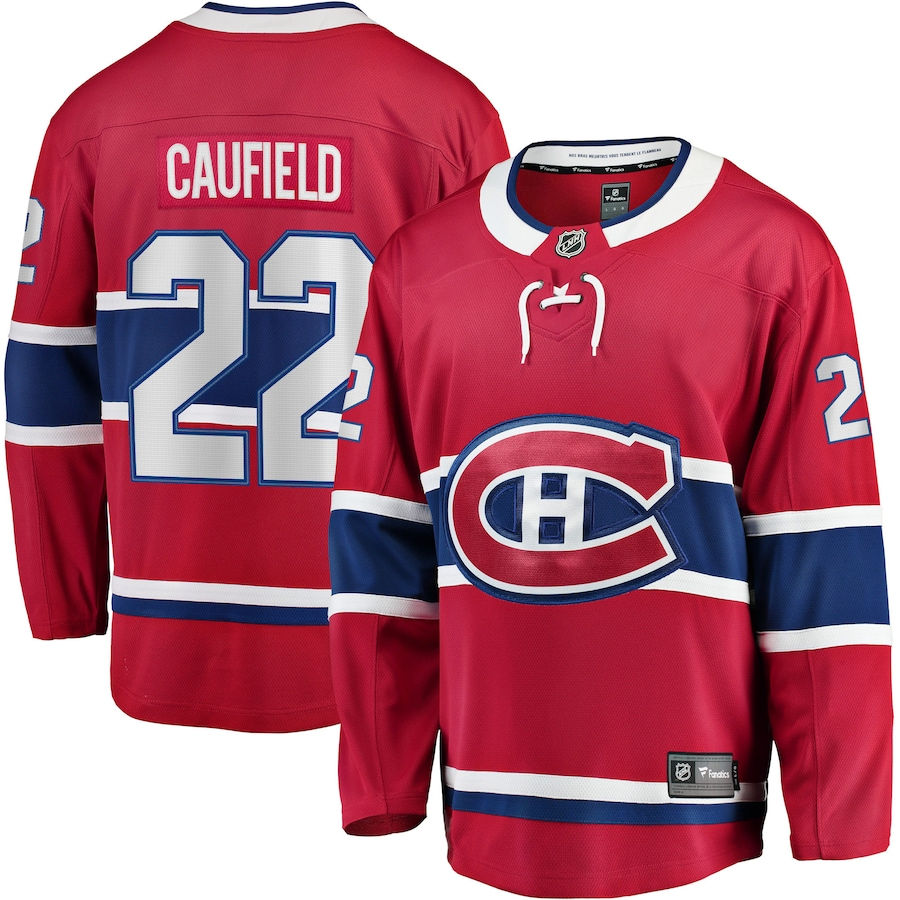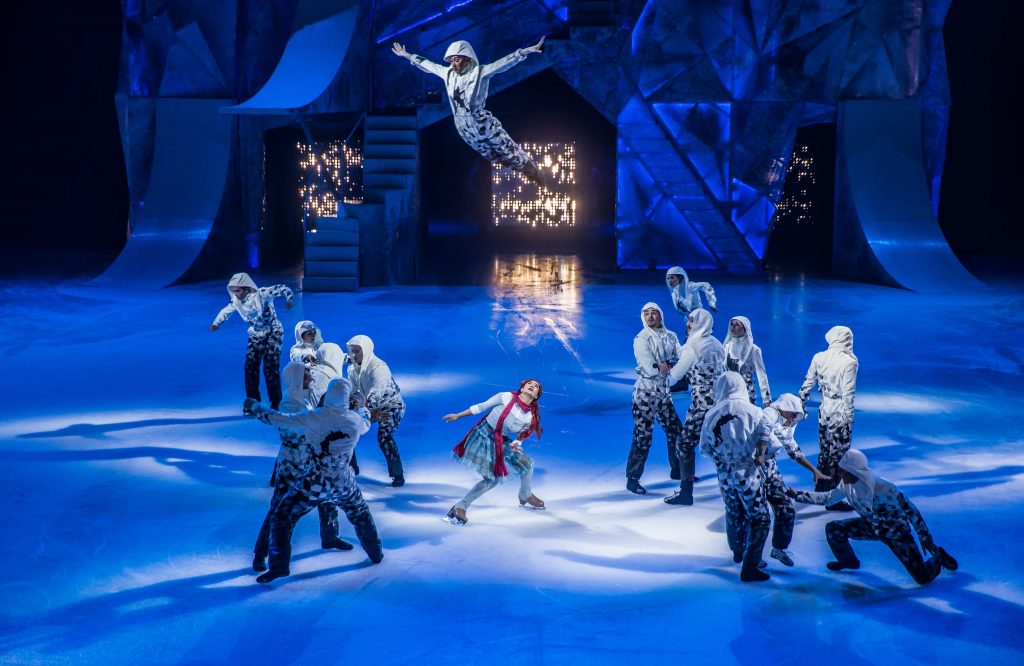Hockey is a popular sport with a dedicated fan base of approximately 2 billion people. While it’s played in most parts of the world, it’s more prevalent in Australia, Asia, Europe, and Africa.
The sport holds a notable position in the Olympic Games, which solidifies its global presence. It’s a fast-paced and thrilling sport that attracts enormous crowds during matches and hockey-related events.
Hockey has witnessed massive growth both online and offline. Although several factors have contributed to this, technology takes the lead. Herein, we look into how technology drives the development of hockey.
The Current Landscape of Hockey
Hockey is a famous sport in Canada, which is quite obvious since this is its birthplace. Besides Canada, it’s widely played in the US, Sweden, the Czech Republic, Russia, Finland, England, and Switzerland.
In addition to being popular in the fields, the sport is also very prominent in the iGaming sector. Many bettors in Canada flock to online betting sites during major competitions, such as the National Hockey League, to bet on their favorite teams.
The country has many legitimate bookmakers offering great betting opportunities to Canadians. Some of the sites are off-shore bookmakers while others are licensed locally in Ontario.
Ontario, together with every other province, has the right to legalize casinos and sportsbooks. According to the local gambling laws, provincial authorities can choose whether to monopolize gambling companies or commercialize the sector.
Canada’s rich gambling market encourages licensed and regulated bookmakers to venture into its gaming industry. So, finding a reputable site for your hockey betting needs won’t be a problem.
Hockey’s Brief History
Two things come to mind when hockey is mentioned: ice hockey and field hockey. The ice hockey played today originated in Montreal, Canada. It has become more popular over the years, especially in England and North America.
Field hockey, like ice hockey, has a long history. There are contradicting debates about its origin. Some argue that the sport can be traced back to Persia, Egypt, and Greece.
Despite the varying opinions, most people agree that the modern-day field of hockey was developed in the 19th century in the British Isles. The game’s earliest clubs, the Hockey Club and the Blackheath Football were formed in 1861.
The first organized game was in 1875. According to the International Ice Hockey Federation (IIHF), it involved two teams from Montreal’s Victoria Skating Club, each comprising nine men. The sport has become more organized over time.
Player Tracking and Analytics
In the current era, coaches don’t have to spend much time studying videos to understand match dynamics. Thanks to Advanced tracking systems and wearable technologies, coaches can monitor important elements during a match.
The National Hockey League is currently testing an innovative tracking system that can generate statistics in real-time. The device can generate detailed stats relating to a player’s performance, including acceleration and distance.
The information gives teams, players, and coaches empirical data they can use to improve individual and team performance. Coaches can use the data to fine-tune excellent strategies based on how defending teams play.
Data analytics equip coaches with information about each player’s performance, allowing them to make data-driven decisions. Identifying players’ strengths and weaknesses allows coaches to know where to focus their training efforts.
Advanced Video Analysis
Technological advancements have enhanced how coaches review and analyze a game’s footage. It promotes high-quality video analysis tools that enable players and coaches to review how their teams perform during a match.
Coaches and players can then use the information to refine their strategies and techniques to perform better in subsequent competitions. Learning how others play the game helps teams build practical counters to their strategies,
Video analysis allows coaches to give players evidence-based feedback, helping them to understand what they should do to improve. To a great extent, this has contributed to the development of this sport.
With video analysis, each team seeks to be better than the other. As a result, they put on a good show, which excited players. The thrill it delivers and the anticipation created attracts more fans.
Equipment Innovation
The Continuous advancement of hockey equipment, including skates, protective gear, and sticks, enhances performance and players’ safety. This encourages more people to play the sport, increasing its popularity.
Smart equipment with advanced sensors provides real-time feedback on a player’s performance and health. If players face any health condition while playing, their coaches can immediately tell, speeding up response times.
Gaming equipment has become more lightweight and stronger, replacing wooden sticks with modern carbon composites. Current hockey sticks enable players to transfer as much energy as possible to the puck with no risk of damage.
Protective hockey gear has advanced, allowing significant weight decreases that some people found too heavy. The resilience and wearability of the gear have also improved.
Some hockey equipment and clothing manufacturers have 3D scanning for a player’s exact dimensions. This allows them to make elbow, shin, and shoulder pads that fit their measurements.
Interactive Fan Engagement
Memorable experiences delivered innovations like mobile apps, augmented reality (AR), and virtual reality (VR) bring fans closer to the sport. They offer fans interactive content, real-time updates, and behind-the-scenes access.
The innovations positively affect how fans engage and interact with hockey before, during, and after a match. Betting fans can use mobile apps to access a team’s past stats. Based on this, they can predict the most probable outcome.
Mobile apps also allow players to wager on hockey anytime. They can place live wagers on various team and individual outcomes when watching a sport using their mobile devices.
Advanced trends, like AR and VR facilitate the creation of gaming environments that feel and appear like the real hockey world. Gamers seeking to immerse themselves in a realistic adventure can play games powered by AR and VR.
Global Connectivity
Finally, due to advanced internet connectivity, global connectivity promotes international collaboration and talent development. This is continually fostering hockey’s growth on a global scale.
Technology improves communication, facilitating seamless collaboration among coaches, players, and key people during training and matches. Good connectivity tools allow teams to analyze data and communicate new strategies effectively.
Improved internet connectivity, such as the roll-out of the 5G network, connects hockey with its fans while allowing them to interact with their favorite players via social media platforms.
Digital platforms like X, Instagram, and Facebook provide players, coaches, and managers with avenues for live streaming and content sharing, promoting interactive fan engagements Connecting fans with the sports boosts its grow

